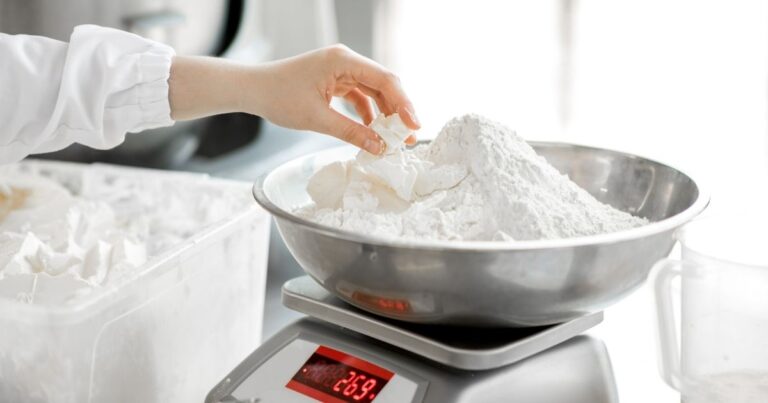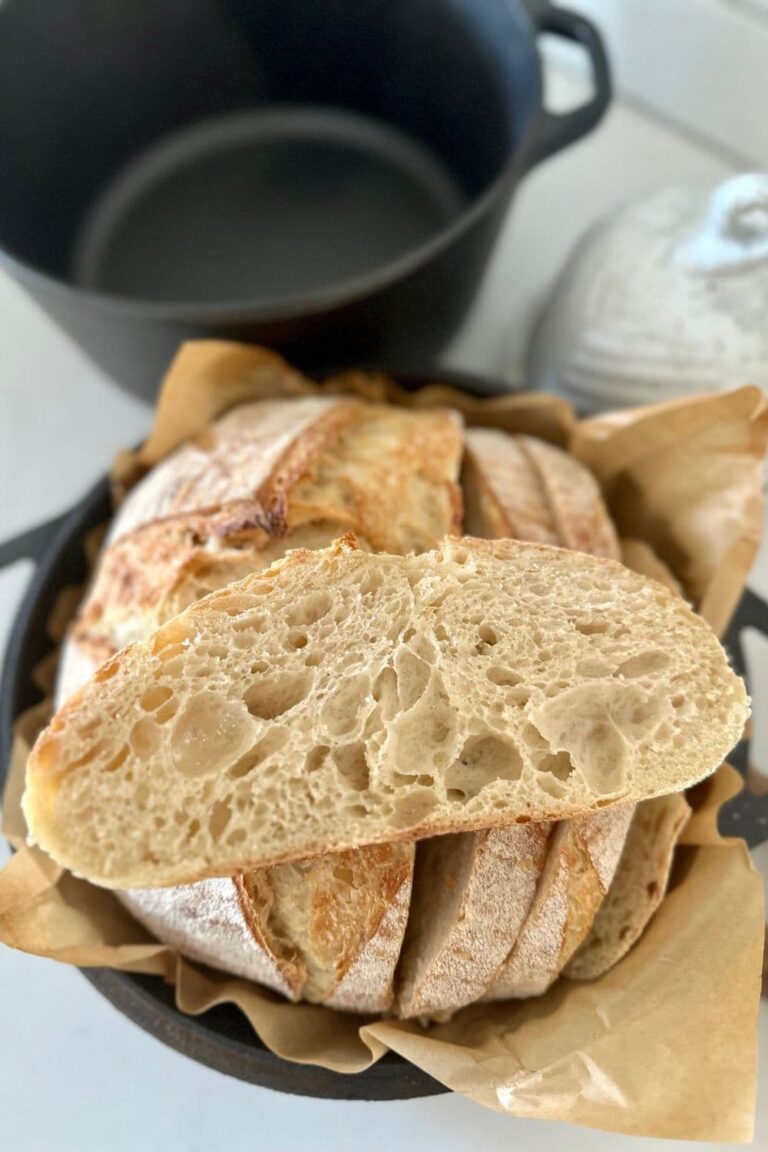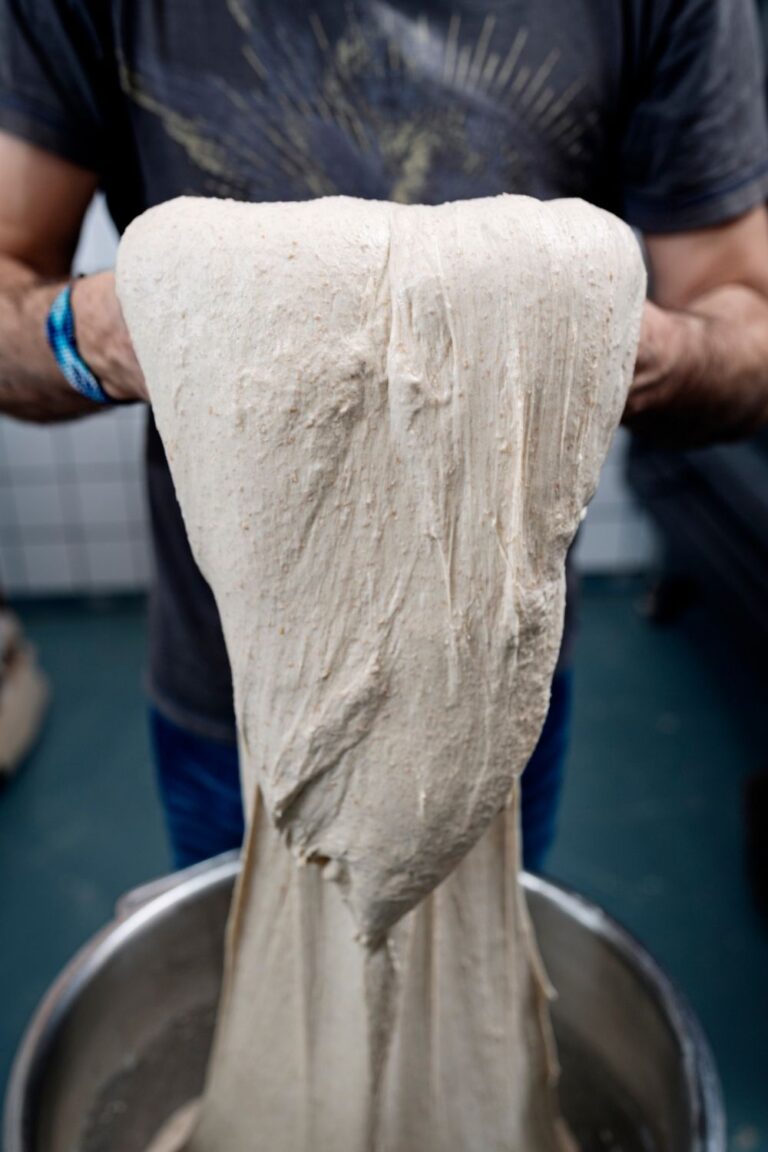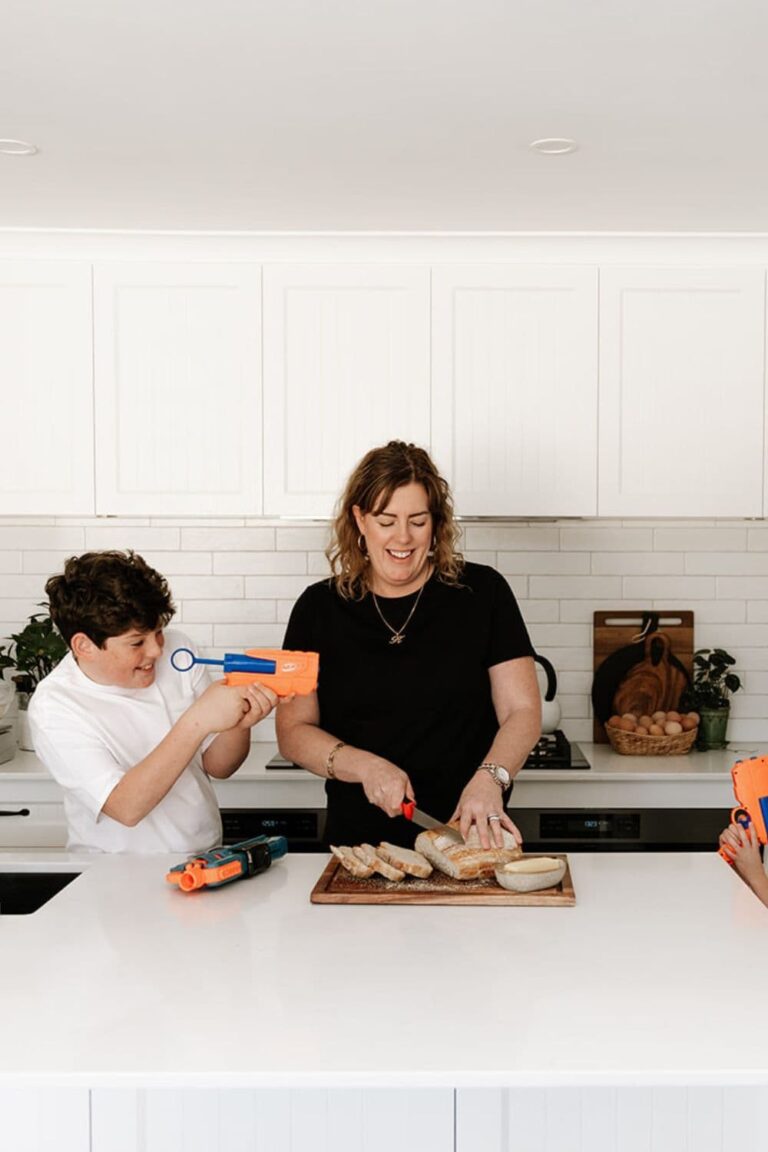How To Score Sourdough Bread [best tips for scoring sourdough]
This post may contain affiliate links.
Do you want to know how to score sourdough bread to ensure the best oven spring? Maybe you're looking for the best tips for scoring sourdough because you're having some trouble with this aspect of sourdough baking.
The truth is, there's no right or wrong way to score sourdough bread. But the way in which you score sourdough bread will have an effect on the way your sourdough bakes and the way it looks when you take it out of the oven.
You could choose to make very simplistic scores with just one single, straight forward slash (utility score) or you could choose a more intricate and involved method.
This guide will help you to master both simple and advanced sourdough scoring techniques. It will also guide you through the problems which may be affecting your ability to score you sourdough bread effectively.
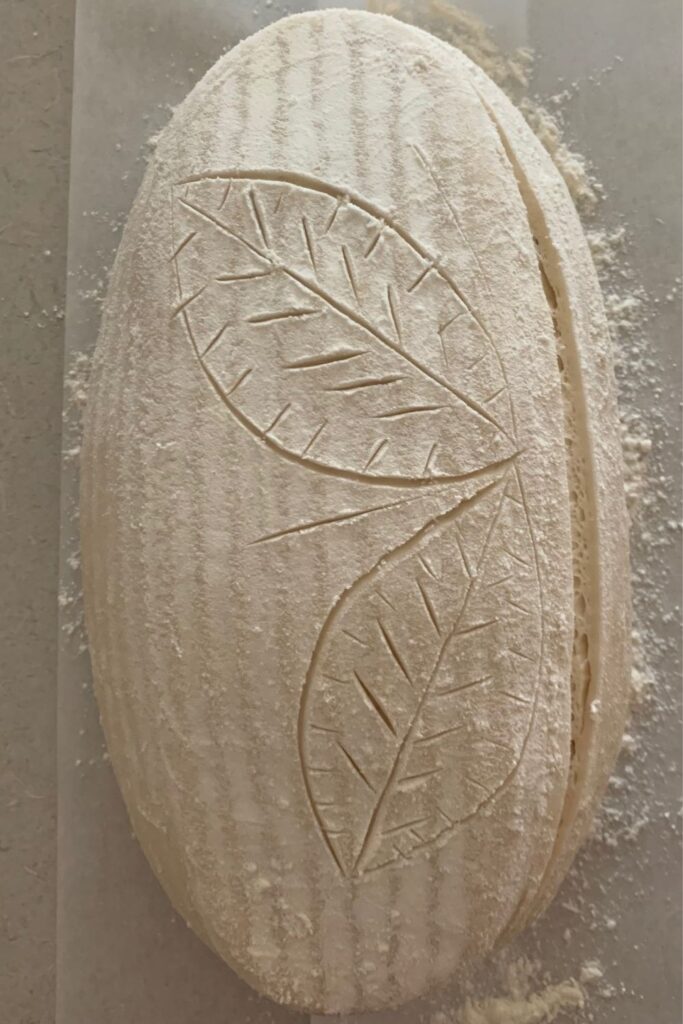
Why Score Sourdough Bread?
Scoring sourdough bread refers to slashing or cutting the surface of the dough with a blade or knife.
Sourdough bread is scored to allow the gas to escape from your bread in a controlled way. If you do not score sourdough, it will break open at the weakest point.
You don't have to score the sourdough, but this will affect the way your sourdough bakes in the oven. By controlling where you score your dough, you control where the bread breaks open during the baking process.
Not scoring can affect the oven spring and crumb of your loaf. It can also cause the crust to harden prematurely.
Scoring your dough in the right way will improve not only the aesthetic of your loaf of sourdough, but also the oven spring and crumb.
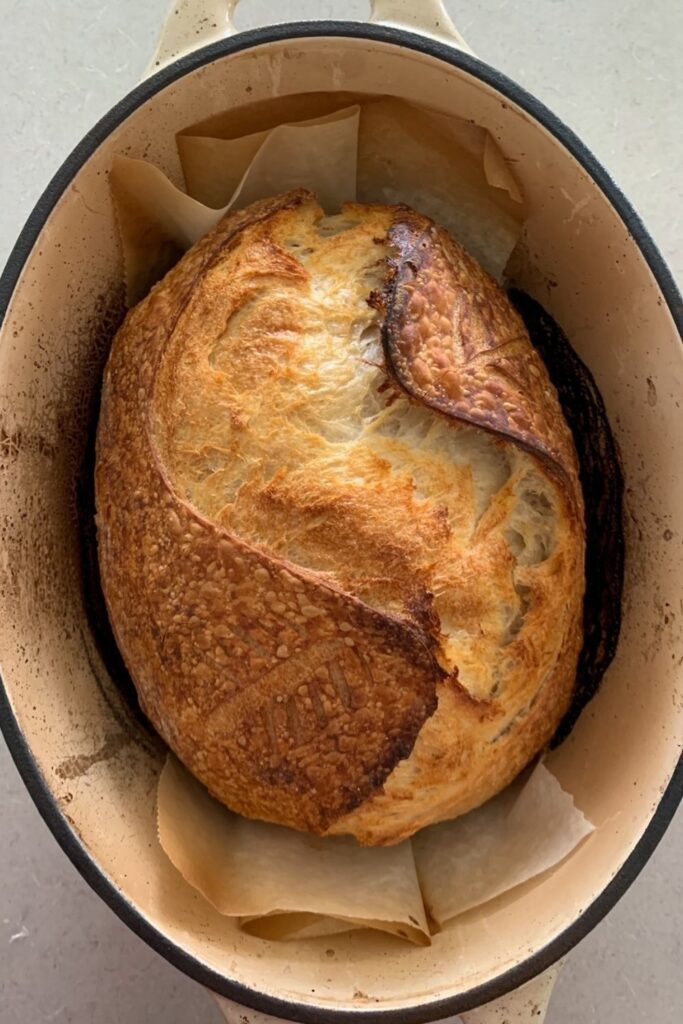
How To Score Sourdough Bread
There are so many ways to score sourdough bread. You can score it in a very simplistic way, with just one slash or cross. You could also choose a more intricate pattern. The most popular scoring techniques include a simple cross, wheat stalks, leaves and vines.
The most important thing to note here is that no matter what type of scoring you choose, you will need a utility or primary score. This is one score that is deeper than the others to ensure that your sourdough breaks open there and allows your other more intricate scores to bloom.
Of course, you could choose to only use one slash (this is my preferred method as I am far from artistic). This is perfectly fine and gives your bread the best chance of developing a sourdough ear.
When performing the utility score or primary slash, you want to do this in one swift movement, holding the blade on an angle (somewhere between 30 and 90 degrees is perfect). The lame or blade should glide easily through your dough in one movement. There shouldn't be a need to go over the score.
So you want to do one deeper cut with the some more shallow cuts for decoration.
You will find some troubleshooting tips for what to do if your blade is catching in the dough further down.
What Tool Should You Use To Score Sourdough Bread?
The most popular tool to score sourdough bread with is a "lame". This is a razor that is attached to a handle (often made of wood). The razor blade can be straight or curved depending on what you prefer.
If you do not have a lame and do not wish to purchase one, you could also use a sharp knife, razor blade or even scissors to score your bread. A lame or razor blade gives you the most precision, but a knife or scissors also work.
In some scoring techniques, scissors are used in conjunction with a lame to create intricate designs.
A serrated knife is not recommended for scoring sourdough bread.
A cake turntable can also be an invaluable tool when scoring dough because it allows you to move the dough while you score, rather than having to move yourself around the dough. You can pick up inexpensive cake turntables online which are perfect for this purpose.
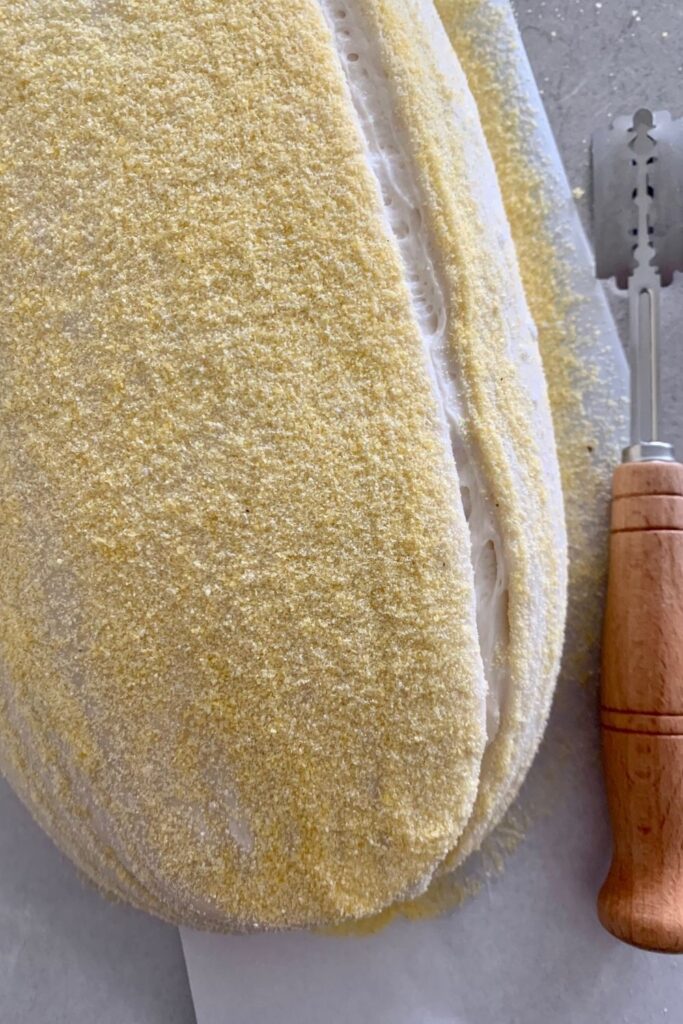
How Deep Should You Score Sourdough Bread?
As a general rule, you need to score your dough around ¼ to ½ inch deep. It doesn't need to be super hard or deep.
The trick is to make sure that you do have one score at ¼ to ½ inch deep - whether that's a slash that goes along one side or a small cross on the top.
Then if you want to score a decorative pattern, that needs to be very superficially cut into the dough with shallower cuts.
Another way to look at this is "primary" and "secondary" scores. So you would do one primary score and then the artistic scoring is secondary.
You can score sourdough bread too deep. You don't want to go deeper than half an inch, even for the primary score. If you score too deep will affect the integrity of the gluten and shaping on the dough and it will not spring up in the oven. It may also cause a really huge ear or flap of dough which is unsightly and hard to cut once baked.
Which Sourdough Scoring Technique Should I Use?
As mentioned earlier, there's really no right or wrong method to use when scoring your sourdough. It really comes down to personal preference.
If you aren't too fussed at how your loaf looks, a single utility score or cross might just suffice.
If you are more artistic or would like to gift a beautiful loaf, you may prefer to try some more intricate or artistic scoring. This can take time to get the hang of, so don't get disheartened if your first try is unsuccessful.
Here are some of the types of sourdough scoring that you could try:
Simplistic Designs
- Single Slash on one side (creates a single flap of dough or ear)
- Single Slash in centre of dough (creates double ear)
- French Score (two parallel lines)
- X score
- S score
- Square score (windowpane)
- Spiral score
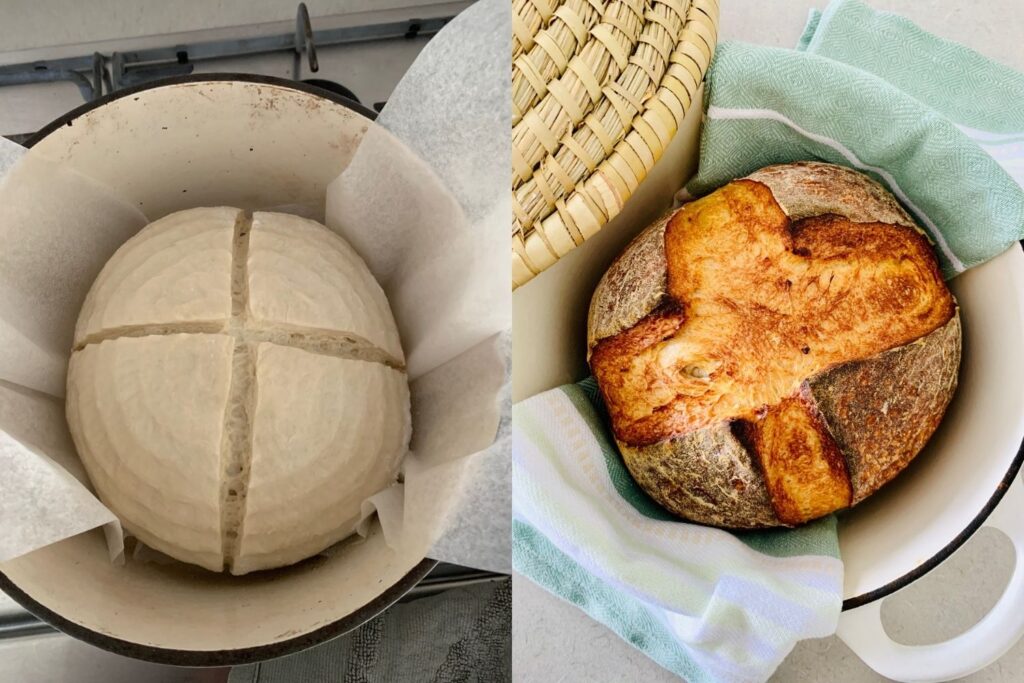
Complicated Designs
- Spiral with vines or scissor cuts
- Monsterra Leaves or other leaves
- Vines
- Cross Hatch or Diamond Cross Hatch
- Any intricate artisan scoring
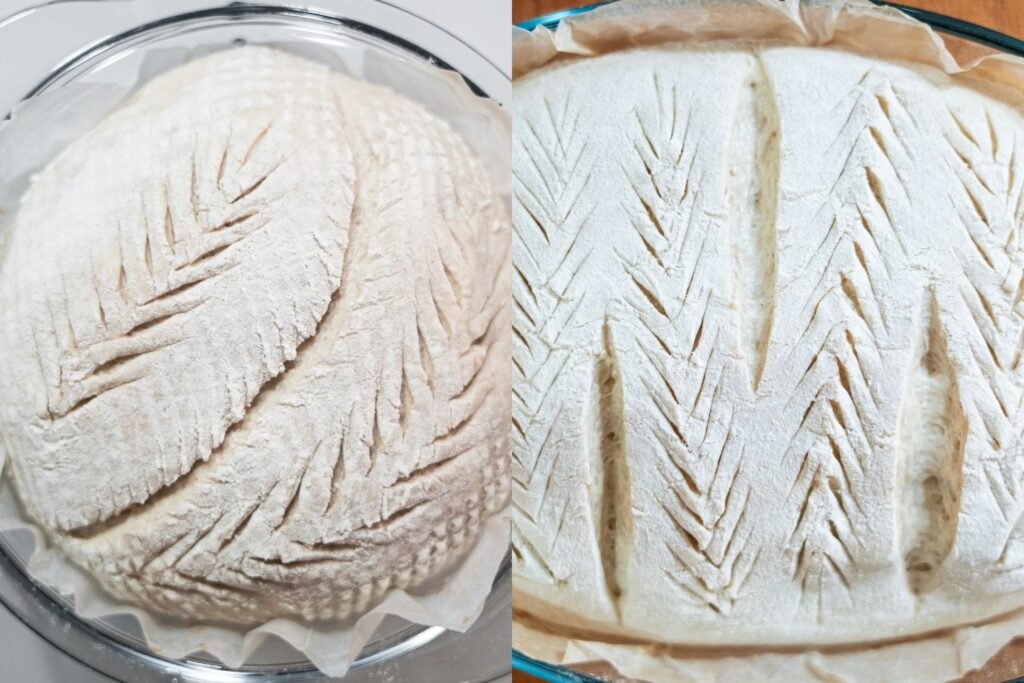
Best Tips for Scoring Sourdough Bread
Here are my best tips for scoring sourdough bread with success:
- Cold proofing your dough for at least 5 hours before you attempt to score your bread can help to make it easier to score. Of course if your bread is over or under fermented, this may not work, but in general, cold dough is much easier to score than room temperature.
- Use unflavored dental floss to divide your dough into even sections to make artistic scoring easier.
- Stencils that are applied to the dough before you score can help to give you an outline to work with.
- Remember to only lightly score decorative scoring so that it does not open up too deep. A utility score is a really good idea to ensure that your decorative scoring doesn't burst. Alternatively if you want only decorative scoring, you will need to ensure your dough is almost over proofed to stop it bursting the scoring.
- Lightly dust the flour onto your dough and use a blunt implement (a small crochet hook works well) to trace the design you want to score onto the dough. So long as you do it lightly, you can use a pastry brush to erase any mistakes and redo. Then go over the traced lines with your razor or lame.
- Try using this small batch sourdough loaf recipe so you have more loaves to practice on - with less flour used!
To Flour or Not To Flour?
Often you'll see sourdough bread with a "flour contrast" used to highlight the scoring pattern.
There is really no hard or fast rules here. You can choose to flour or not to. There are a few things that might help you in your decision.
A light dusting of flour over the dough before you score will create a contrast when the dough splits open in the oven. This is particularly good for more intricate scoring which may not show up as well without the flour to highlight it.
If you do use flour, you cannot use a water spray or ice cubes when you add the dough to the Dutch Oven. The extra steam will dissolve the flour making it invisible.
So you need to decide which is more important to your final product.
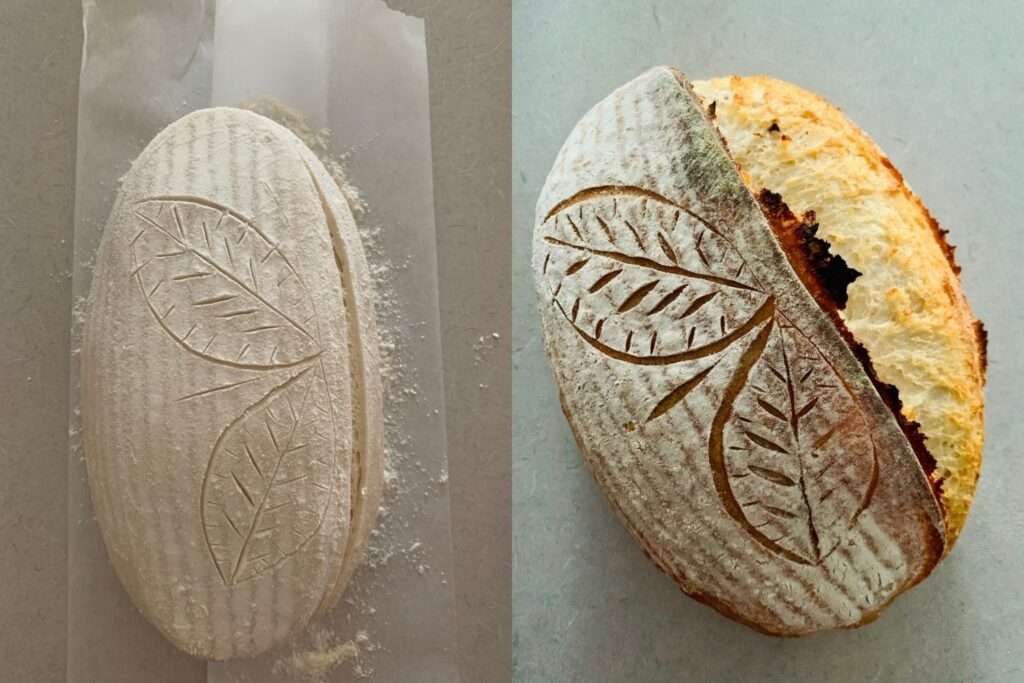
Troubleshooting - Why Is It So Hard To Score My Sourdough?
Many people say that they have trouble scoring their sourdough bread. People often comment that the blade (razor or lame) "catches" or snags on their dough and they are unable to score in a single slash.
Others comment that you just need to wet or oil the blade, however, there is most likely more to the story than this simple fix.
Scoring sourdough can be difficult if you have:
- insufficient gluten development
- poor shaping technique
- misjudged fermentation (over or under)
Scoring & Gluten Development
Gluten development is really important for successful sourdough scoring because it ensures that the dough can withstand being cut and not collapse. If you haven't developed gluten through to windowpane during stretching and folding, you may find scoring difficult.
To fix this, you need to concentrate on your gluten development techniques and ensure that your dough is stretchy and elastic and forms a window pane before you allow it to finish bulk fermentation.
Poor Shaping Technique
The shaping technique you use is important to the success of your sourdough scoring because if the dough is too slack and has no surface tension, your lame or blade will catch.
The trick here is to make sure that your shaping is tight enough to create the surface tension needed for good scoring. Your dough should have an outer skin that holds everything in place.
Poor Fermentation
Misjudging the fermentation of your loaf will also result in difficult scoring. Both over and under fermentation can cause your dough to collapse and spread when you score it.
This is a good explanation of how to stop your dough from collapsing when you score it.
Troubleshooting - Why Is My Sourdough Bursting My Scoring?
You may score your sourdough bread beautifully and then it decides to "burst" while in the oven.
This bursting is caused by under fermentation. Because the dough has not fully fermented, it has too much energy left and so rises very fast in the hot oven. This rapid rise causes it to burst the scoring, even when you've scored it so nicely.
The solution here is to make sure that you give it a chance to ferment and proof before you place it into the oven.
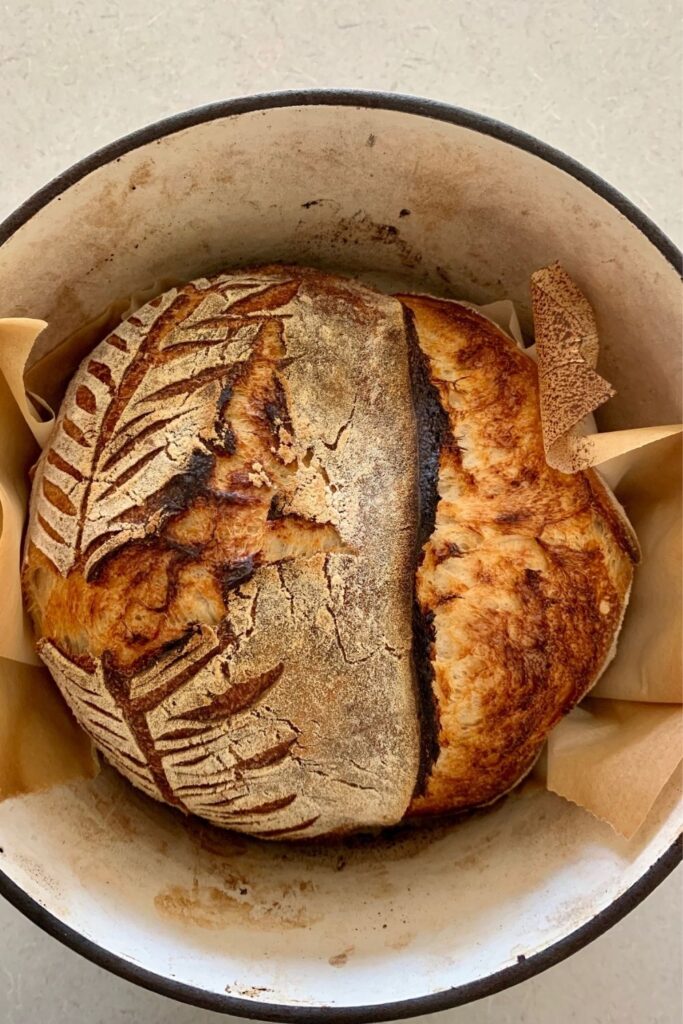
How To Practice Scoring Sourdough Bread
They say practice makes perfect, right? So the best way to improve at scoring sourdough bread is to practice! How do you practice scoring you might ask? Here are a few ways that you can improve your scoring technique:
- Make lots of smaller sourdough loaves. You could make a batch of simple sourdough and split it into two boules at shaping, giving you two bread canvases to practice on.
- Make a batch of mini sourdough boules - this will give you a tonne of practice!
- Practice drawing your preferred scoring patterns. This will allow you to get used to making the movements with your hands.
Frequently Asked Questions
The most popular scoring technique for sourdough bread is a wheat stalk design. This is chosen by so many home bakers to add artistic flair to their baked bread.
The most simplest bread scores for sourdough beginners are a simple slash on one side or in the centre or a cross. Both of these are really easy to master and have a lovely, simple rustic effect on your baked sourdough.
No, if you do not have a lame, you can score sourdough bread with a sharp knife or even scissors. A simple razor blade (like the ones you would buy from the hardware store) are also very effective.
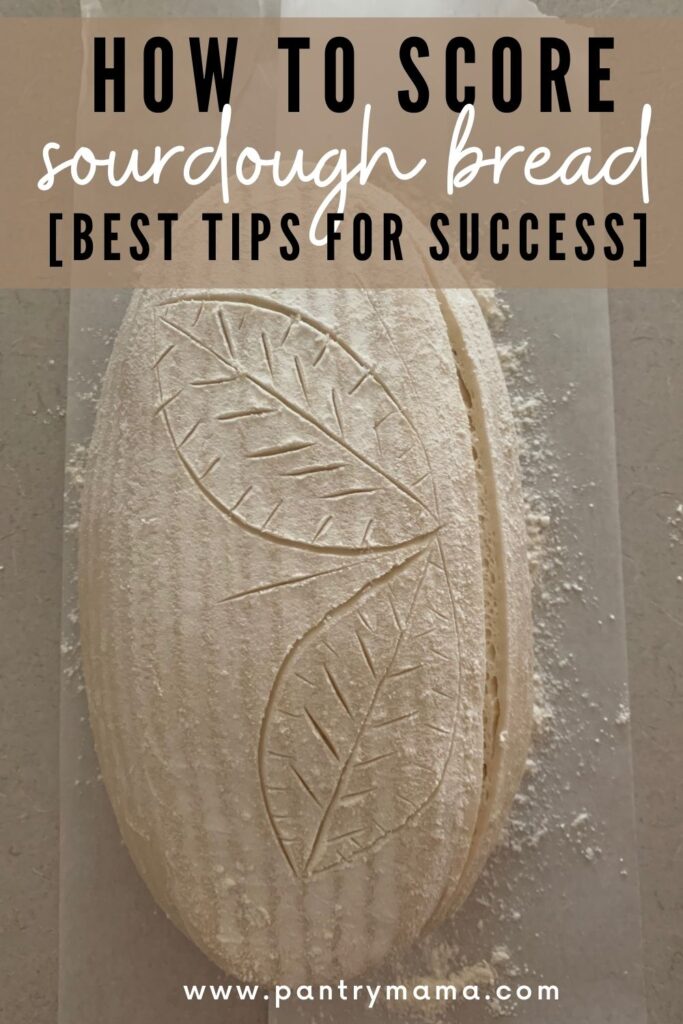
Further Reading
If you've enjoyed this article on the best tips for scoring sourdough bread, you might be interested in these articles:
- The secret to the best sourdough oven spring
- How to get a sourdough ear every time
- How to get more open crumb sourdough bread


